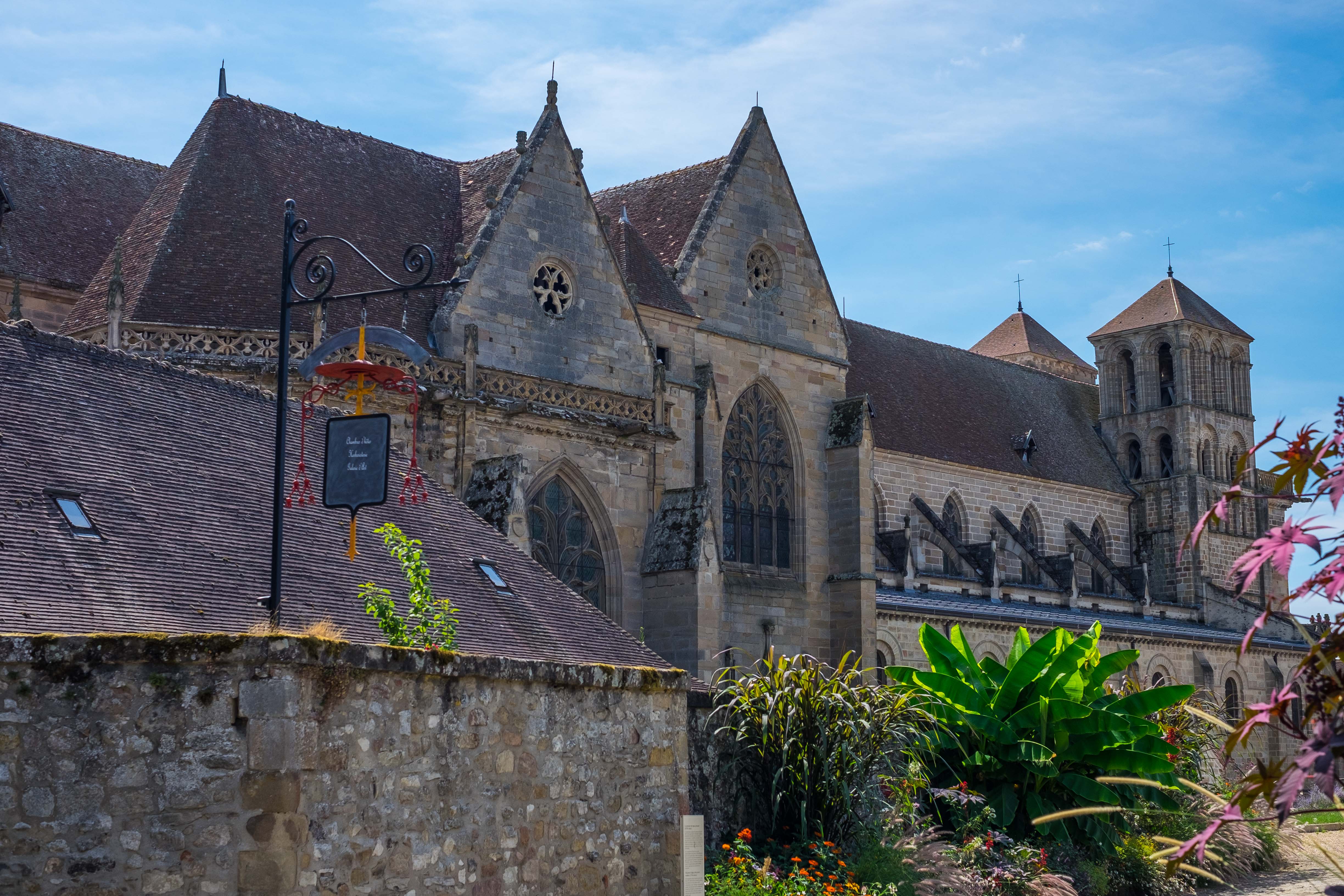A few weeks ago I was in Souvigny, a postcard-perfect town in the Allier, and it made me think of computer systems. Well, in a roundabout way…
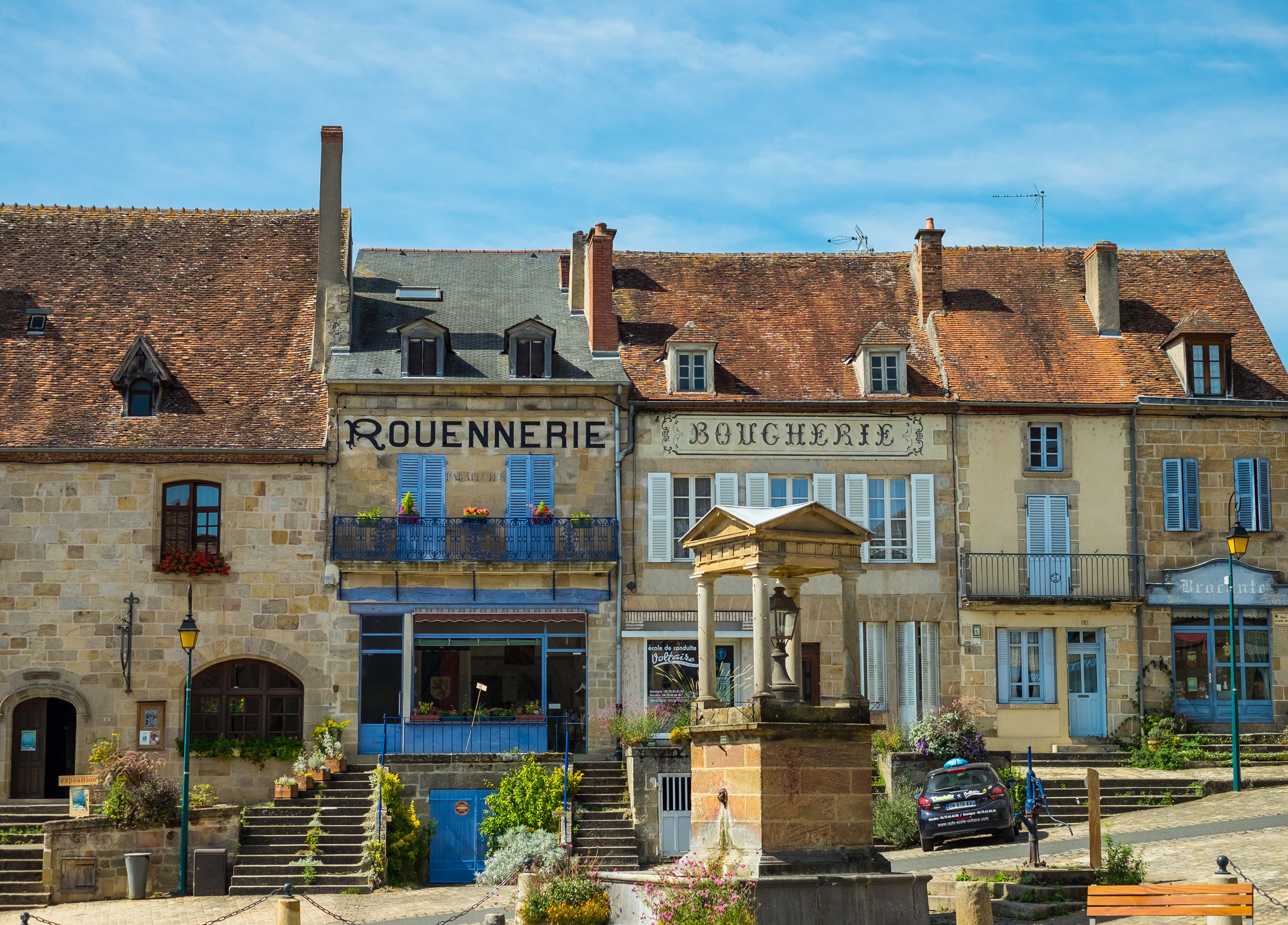
I first heard the phrase “plan d’urbanisme” when I was working in the Information Technology department of a big manufacturing company in France. While it literally means “city planning”, in the context of IT it meant trying to figure out the thorny problem of how to integrate new applications and new technologies into an existing mass of old systems.
But it set me thinking about how profoundly important the idea is for every town in France. How do you put a subway underneath an ancient city like Paris when its underground is already laced with ancient sewers, quarries and building foundations? How did they build a great cathedral on a site which had already seen two or three different churches over the centuries? How do you get rid of what’s broken down or ruined in a small medieval village without destroying its fundamental character?
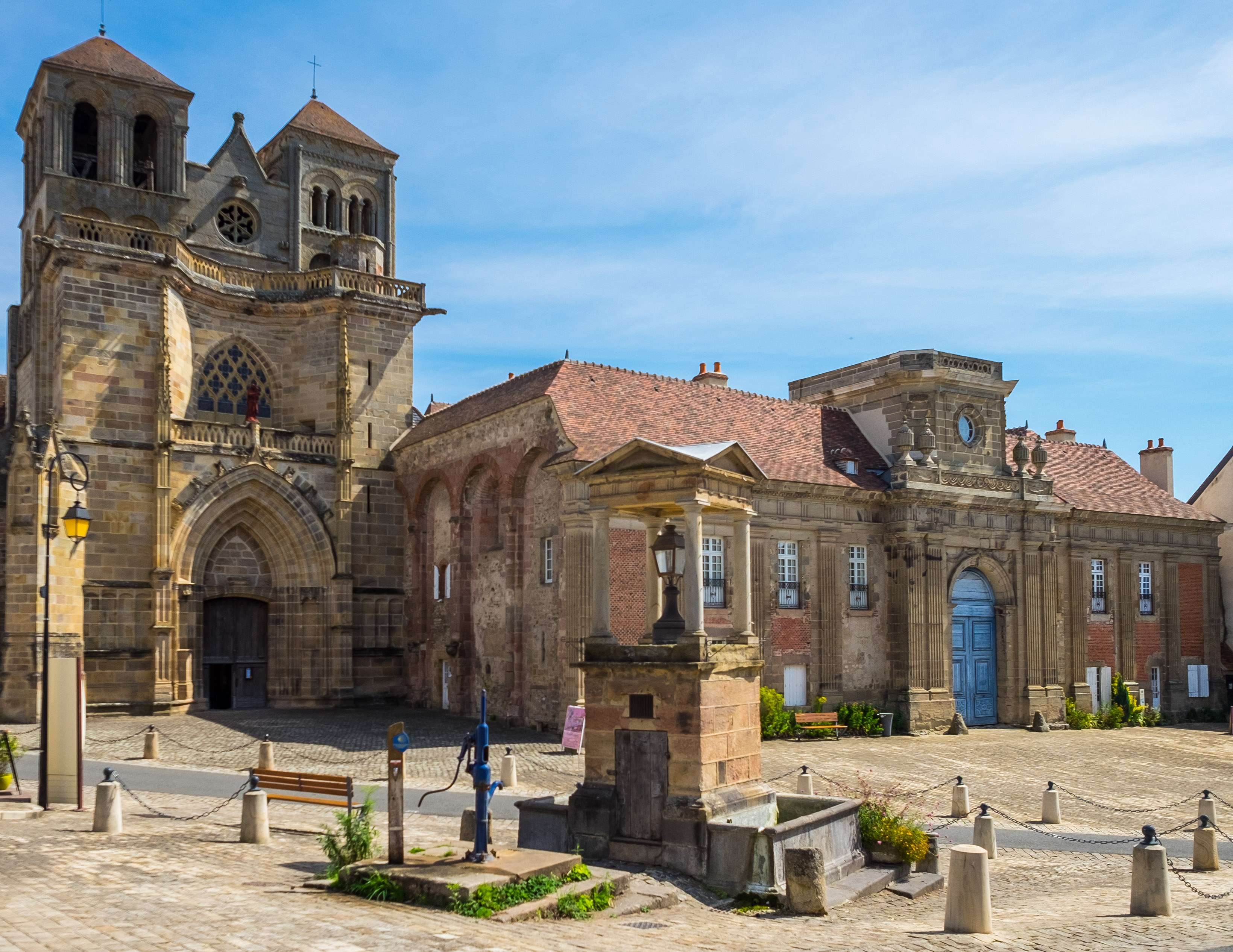
The American answer is (too often) “tear it down and start over”. But while the impulse to “tear it down” does exist in places in France (we’re looking at you, Baron Haussmann!), the more common response to a need for new construction seems to be “how can I fit in with what already exists?”
Here’s an excellent example of how this works in Souvigny, home to the largest complex of religious buildings in the Auvergne, the priory church of St. Pierre and St. Paul. We’ll revisit the history of this great outpost of the Abbey at Cluny another time; for now, what’s important is how it was built over the centuries.
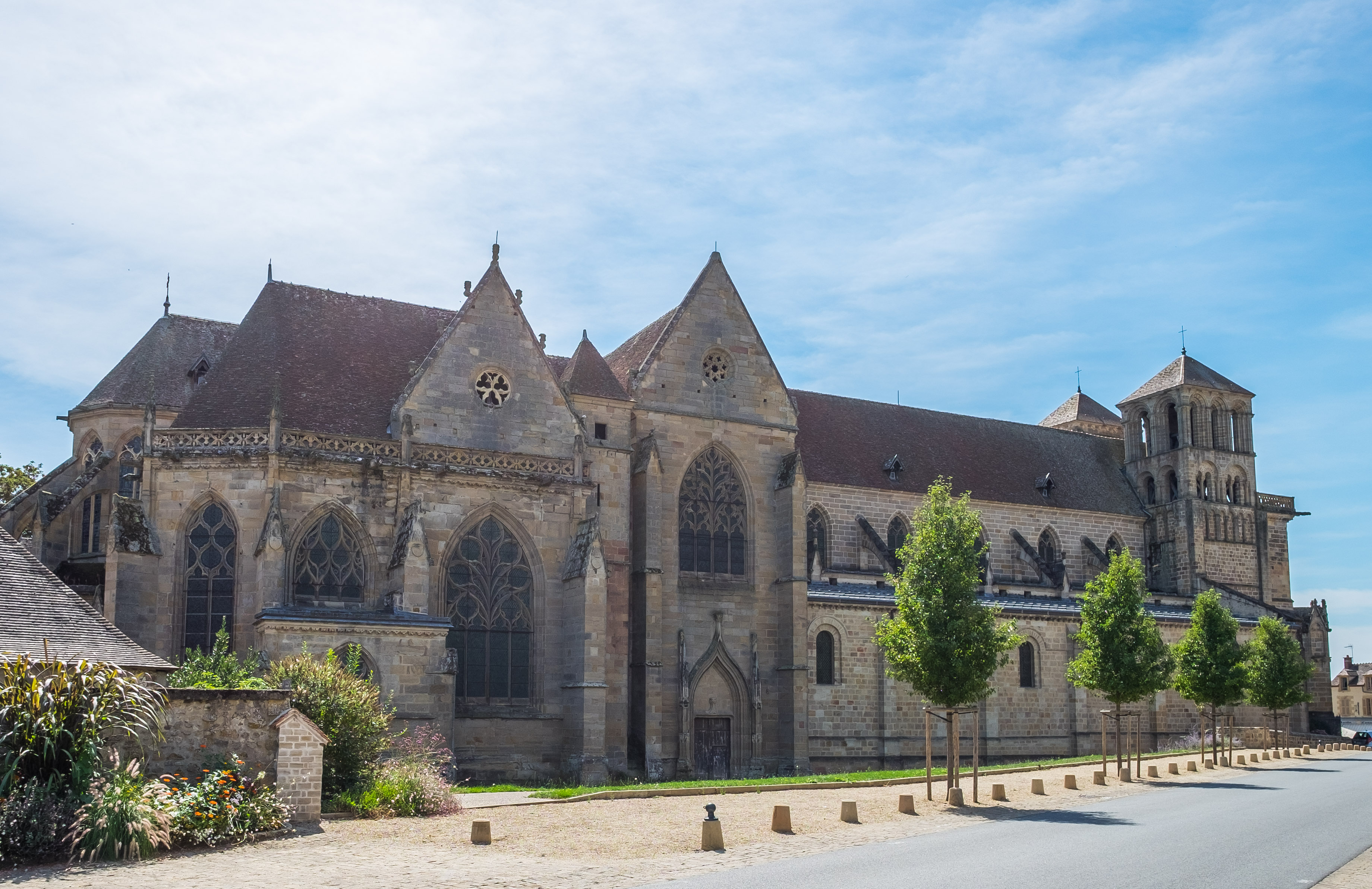
There was a Christian church here as early as 920 A.D., but it began to morph into the giant complex you see today sometime after 1060. A second campaign of building in the 12th and 13th centuries added five more naves, a couple of towers, and several Romanesque chapels. As these structures began to decay, another campaign in the 15th century restored all the main features and added more ornamentation, more great art, more tombs of the the Dukes of Bourbon. Beginning in 1769, another building – a Baroque sacristy – was added on to the front of the great church.
Does all this “cut-and-paste” architecture work aesthetically? Yes! You can certainly see the places where new construction joins the old, and there are places where different styles clash. But the overall effect of this building (now grown to the size of an aircraft hangar) is pleasing and impressive.
I saw other examples of this multi-century evolution in other places during this same trip – at the little-known Chateau d’Avrilly, for example, where an old-fashioned fortified castle grew into a gracious Renaissance estate over a period of 400 years or so.
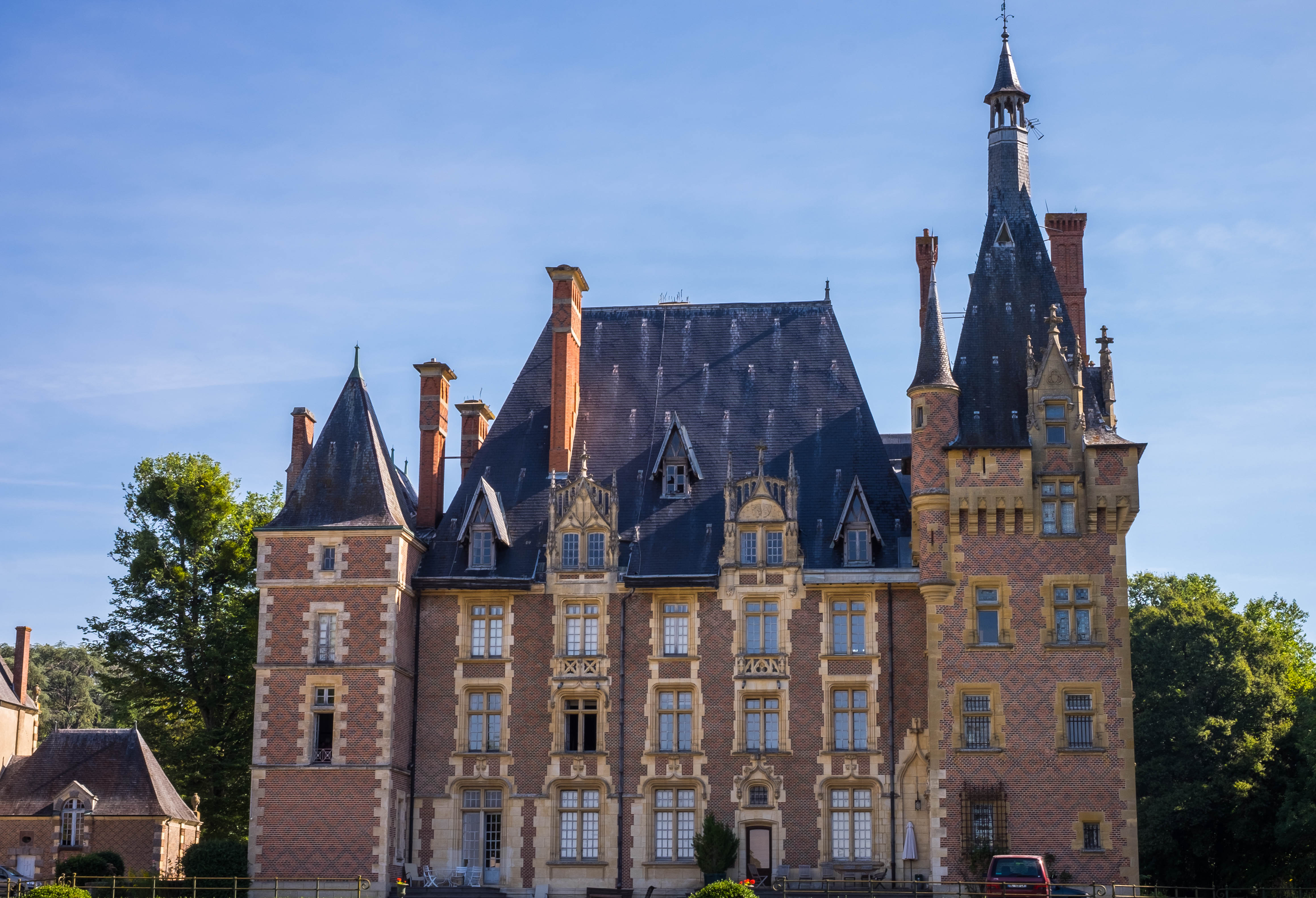
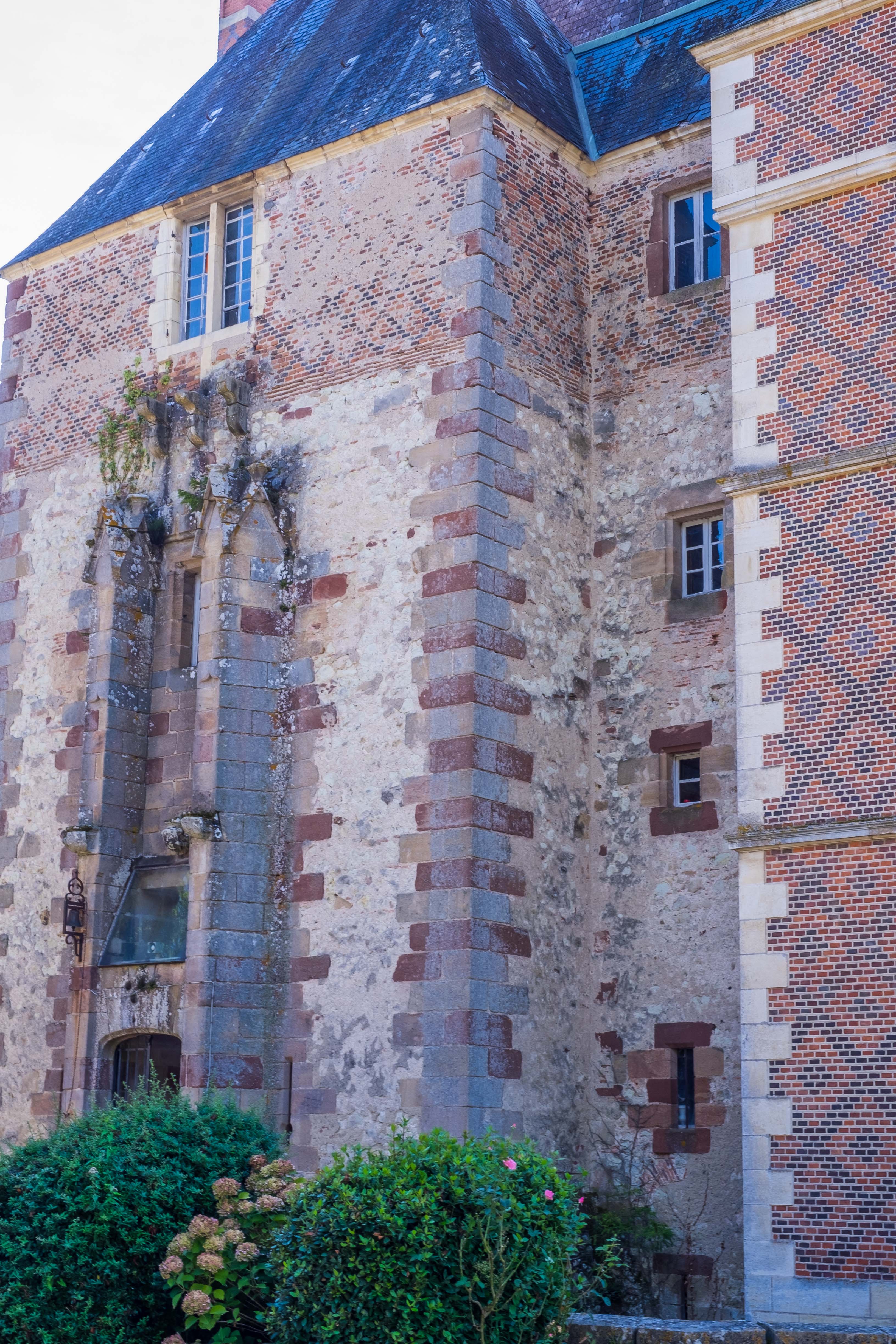
It doesn’t always work, though. Here’s an example just off the main square in Moulins – and for the life of me I can’t imagine what the owners were thinking when they turned this house (from the 19th century? the 17th century?) into something more…um, contemporary?
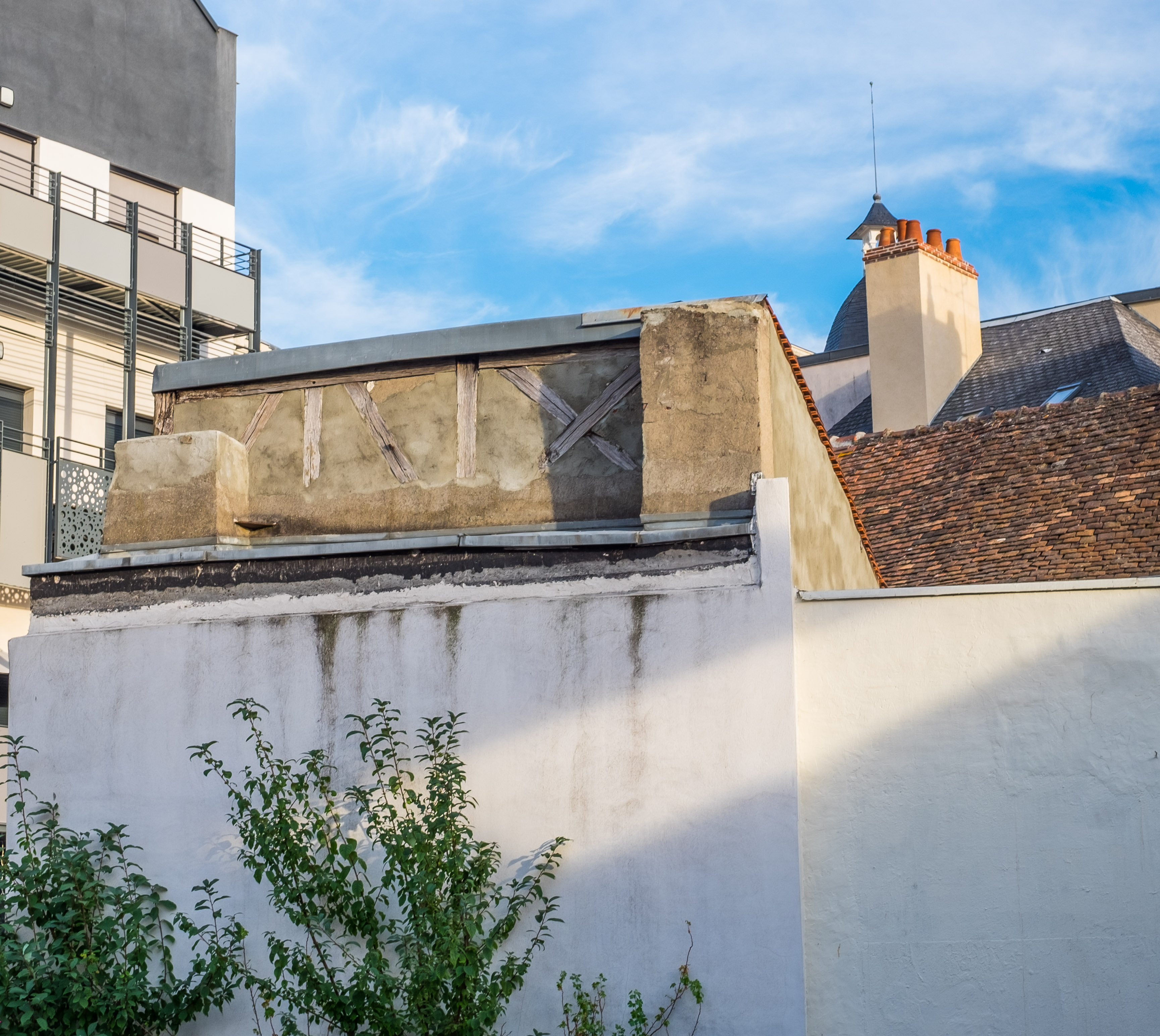
Here’s another bad example – this time a neo-classical steeple grafted clumsily onto the roof of the tiny Romanesque church of St. Vincente at Chantelle.
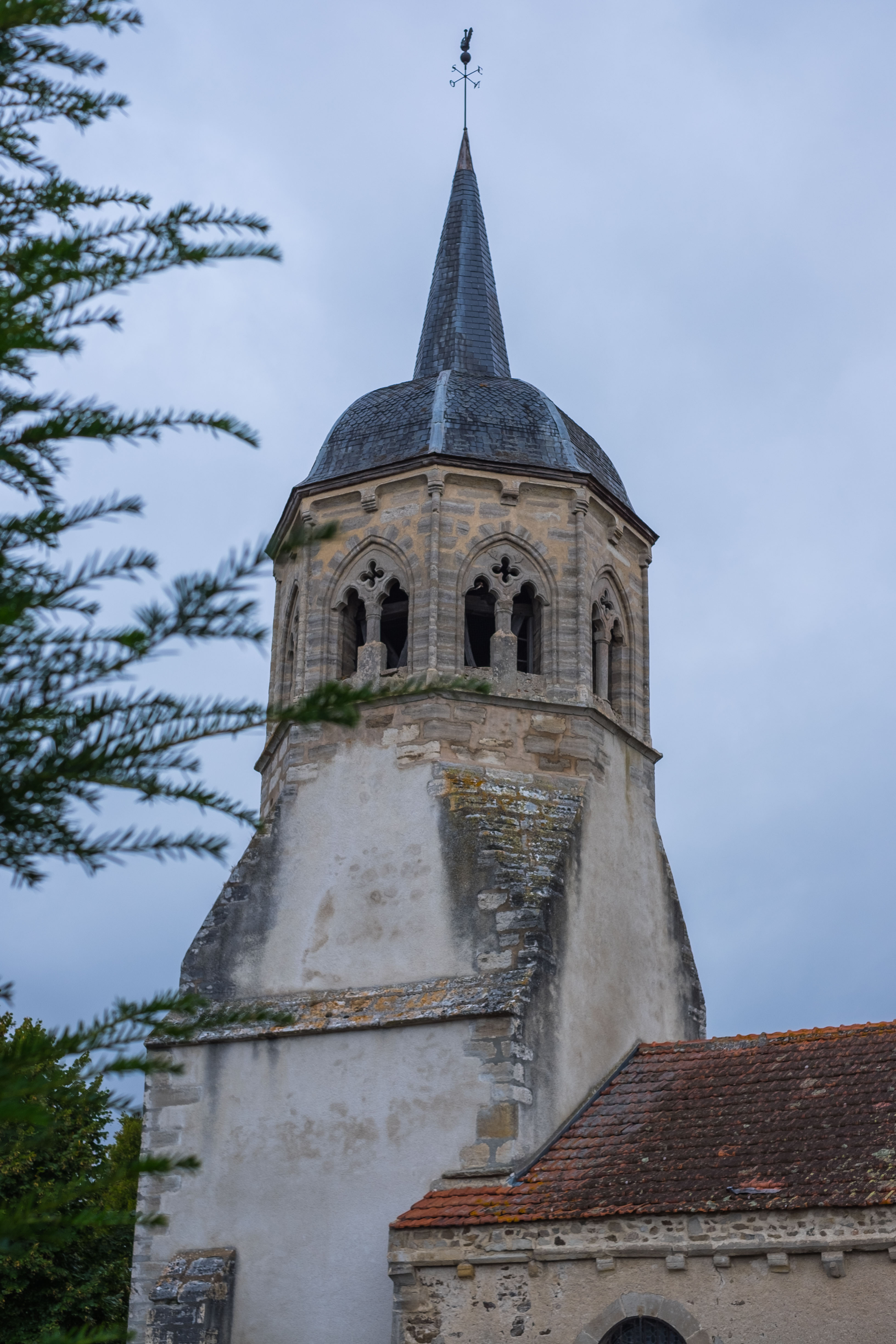
Have you seen an example – good or bad – of this impulse to build new structures over old in France? Please tell us about it in the comments section below. And please take a second to share this post on Facebook, Twitter, or your preferred social-media forum by using the buttons below!
